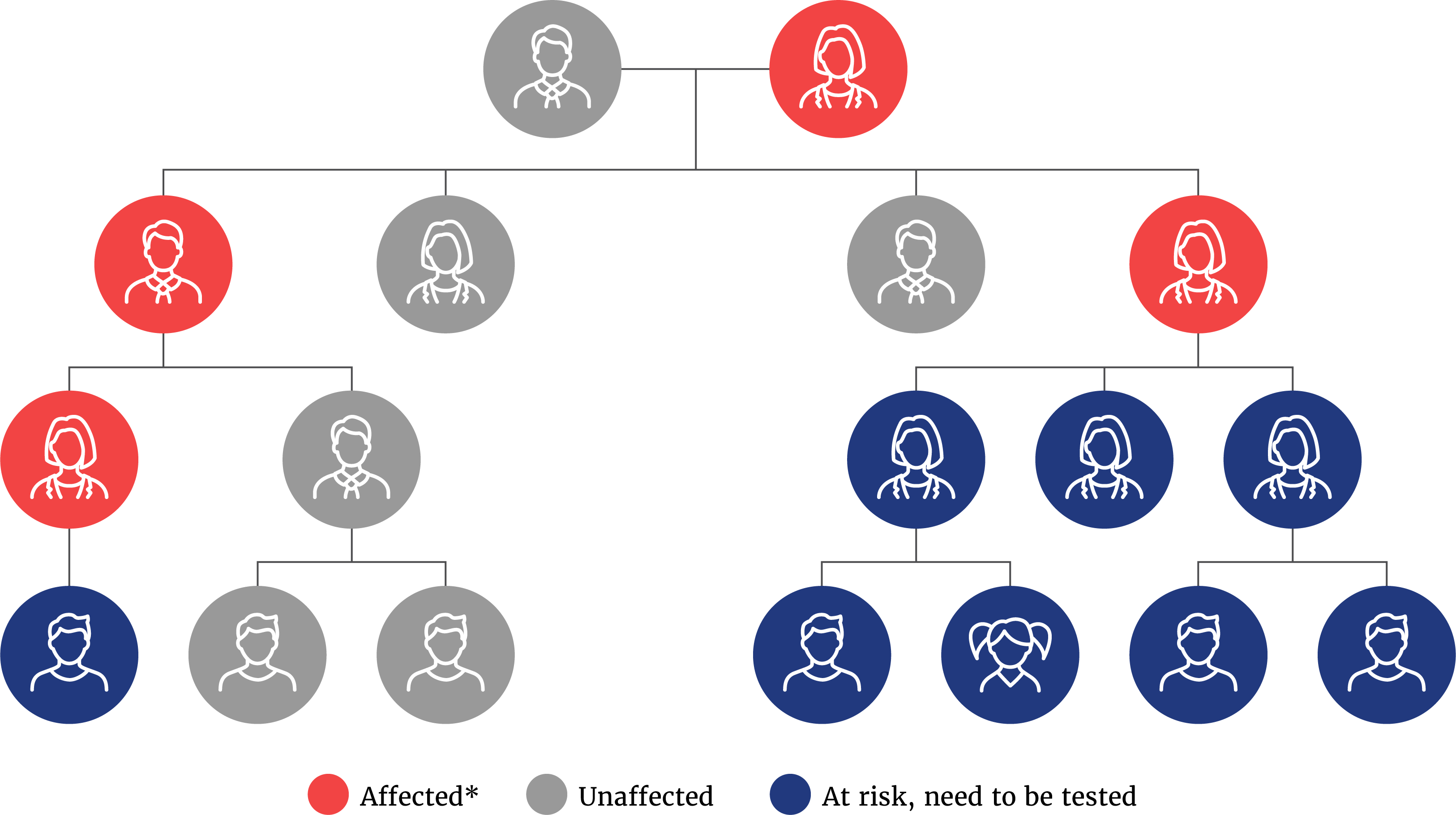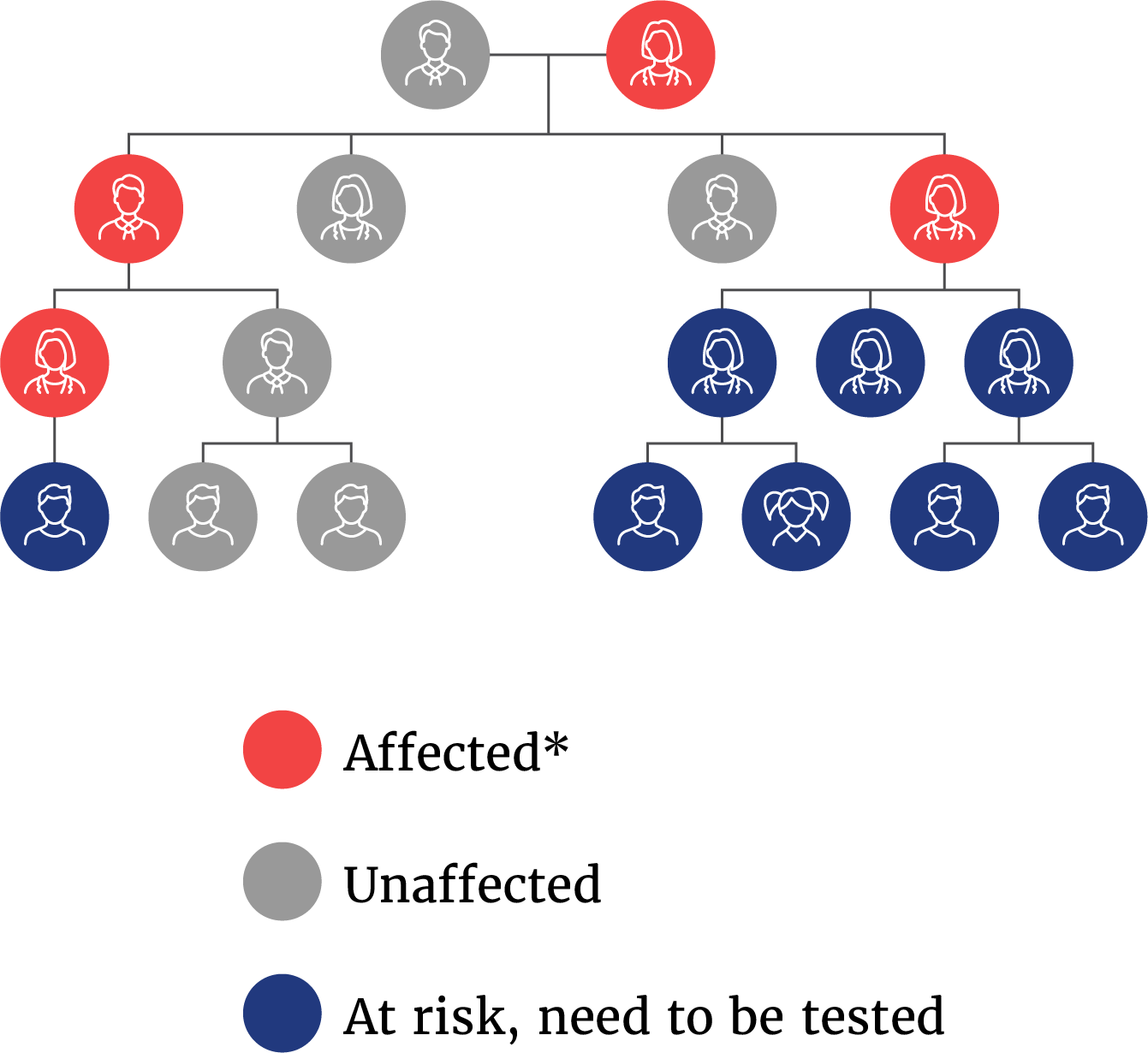Women living with Fabry disease take a much different journey
We no longer think women are only carriers of Fabry disease, passing it down to their children without experiencing its effects themselves. We now know that as many as 80% of women living with Fabry may experience symptoms.
Women living with Fabry experience more of the following symptoms compared with other women:
- Abdominal pain
- Diarrhea
- Constipation
- Joint pain
- Pain in hands and feet
- Dizziness
- Fatigue



“I was 35-ish when I had proteinuria. I got a biopsy in my late 40s, but we didn’t connect anything with family for a while. The nephrologist was unfamiliar that (Fabry disease) could manifest in women.”
–Woman living with Fabry
Women experience initial symptoms later than men. Symptoms usually show up in women at around age 13. Men start experiencing symptoms around age 9.
Women are diagnosed around 20 years later than men on average. It typically takes longer for women to receive a diagnosis compared with men, as they often experience multiple misdiagnoses first.



“For boys, it’s Fabry–period. For girls, it’s Fabry–question mark.”
–Christy,
Pregnancy is a consideration in Fabry. Pregnant women and their partners should consider talking with a genetic counselor about when to test for Fabry before birth. Learn about support through Fabry patient advocacy groups.
 US
US EU
EU





